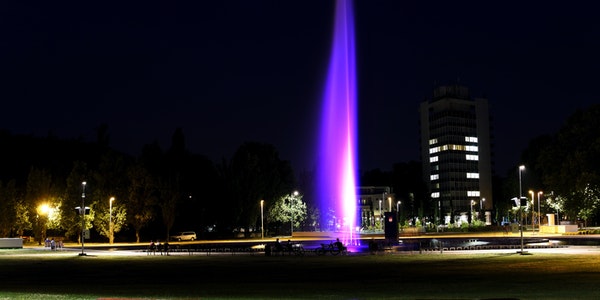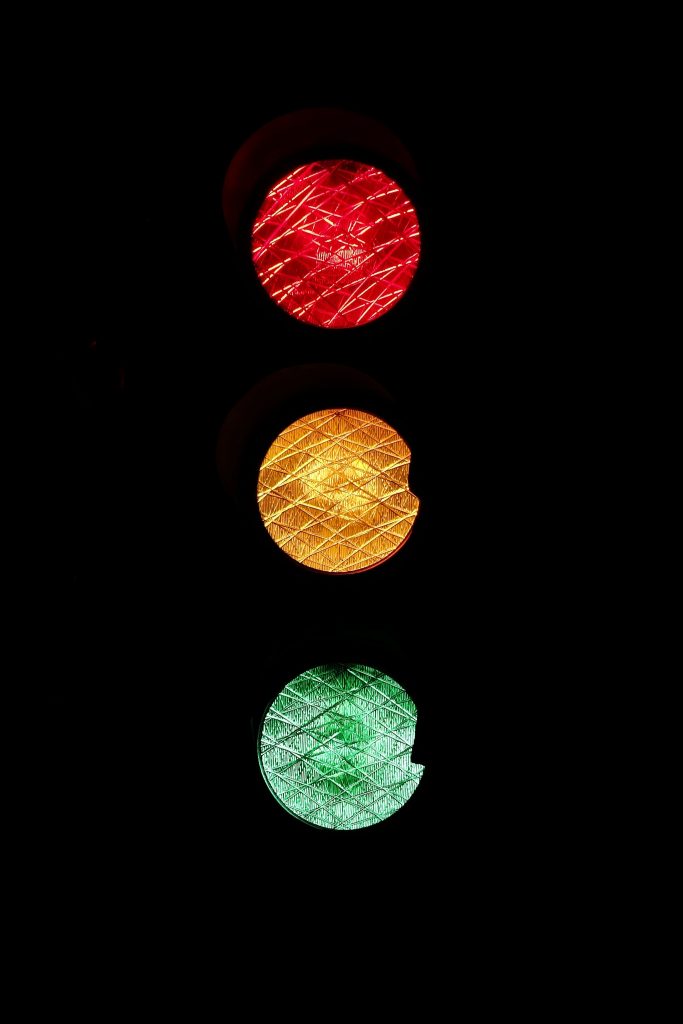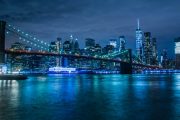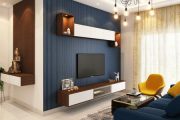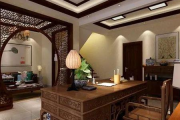Underwater lamp
the appearance is similar to some underground lamps, and the chassis is fixed with screws.
Led underwater light, simply refers to the light installed under the water, the appearance is small and exquisite, beautiful and generous, the appearance is similar to some underground lights, but an additional installation chassis, the chassis is fixed with screws. Because LED underwater lights are used under water and need to withstand a certain pressure, they are generally made of stainless steel, 8-10MM tempered glass, high-quality waterproof joints, silicone rubber sealing ring, curved multi-angle refraction strengthened glass, waterproof and dustproof , Anti-leakage and corrosion resistance.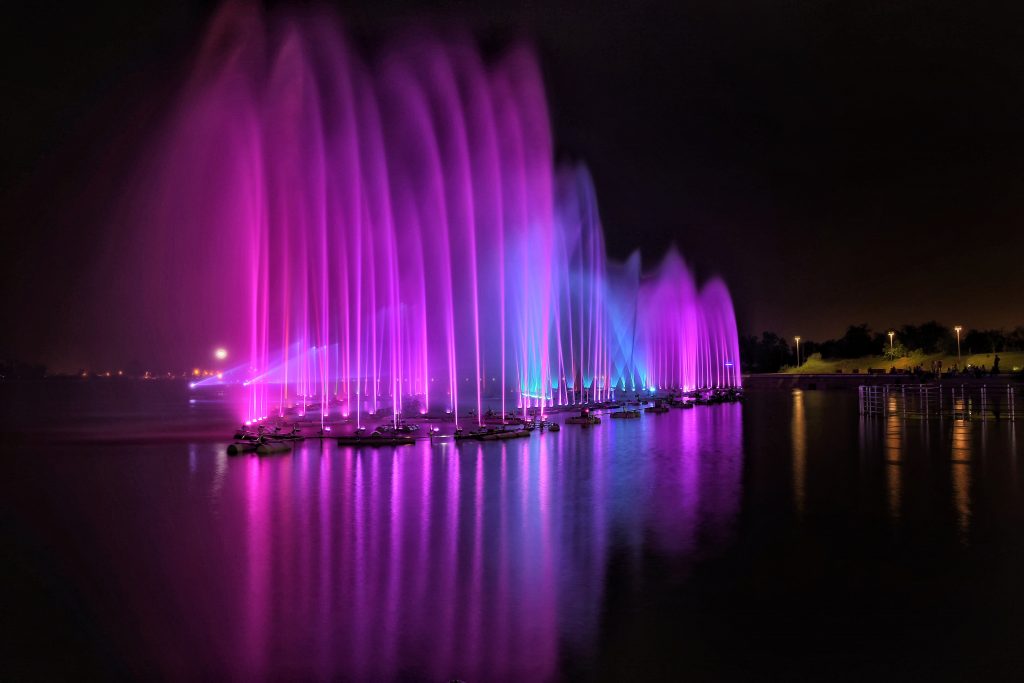
- LED underwater light is a kind of underwater lighting fixture that uses LED as the light source and is composed of red, green and blue mixed colors. It is a perfect choice for fountains, theme parks, exhibitions, commercial and artistic lighting. In order to make the LED underwater light better dissipate heat, it is recommended to use the light below the water surface.
- In order to make the LED underwater light achieve a good waterproof effect, the protection effect of the LED underwater light should reach IP67 or more, and the light can be placed below 5 meters from the water surface. The best projection angle is 25. The controller is controlled to achieve synchronization effect and can be connected to the DMX console. Each unit has a separate address, and the red, green, and blue lights are composed of corresponding 3 DMX channels. There are two control methods: external control and internal control. The internal control does not require an external controller and can be built in a variety of change modes (up to six), while the external control needs to be equipped with an external control controller to achieve color changes. The applications on the market are also Mostly outside control.
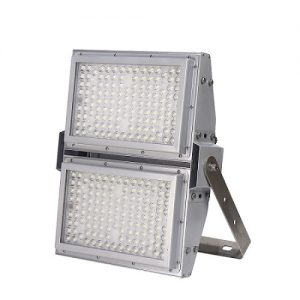
- The LED underwater light uses the best super bright LED as the light source, and the bulb can emit light for 100,000 hours. Each underwater light consists of 360 light sources (120 red light, 120 blue light, 120 green light). Good light source materials make the lamp life longer and obtain the most satisfactory lighting effect.
- The LED underwater light uses a five-core wire to connect to the control system. The entire system includes a DMX controller, a distribution box, and lamps and distributions that can be placed in the water. The whole lamp is perfectly combined.
- The LED underwater light has a movable fixing clip, which can adjust the angle and position of the light. The design of the entire lamp is perfect, effectively preventing the corrosion of bromine and chlorine.
Fountain lamp:
widely used in square landscape fountain, garden fountain background lighting and other places.
In the design of the fountain, lighting design is also the top priority of the design. The changing effect of the lighting at night can make the fountain effect more prominent. What are the matters needing attention in lighting design in fountain design?
First, the combination of light and dark, some applications of fountain waterscape, especially as a water curtain for making movies in the art industry, require a good viewing effect, so the bright environment will affect the viewing effect relatively, so that you can use the surrounding Other buildings or use the surrounding plants and other layouts for clever combination, pay attention to the setting of the brightness of the light, and should stay away from noisy places to achieve a better viewing effect.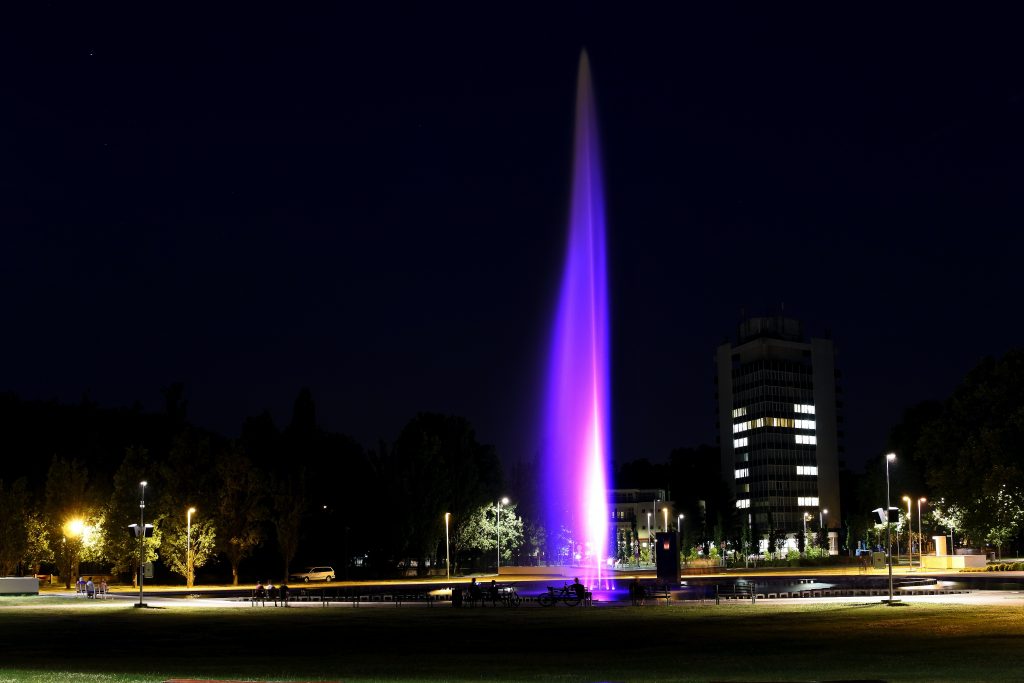
Second, as a cultural landscape, the fountain waterscape should generally be set up in places where people gather. Therefore, as a fountain waterscape set in a square, it should be set in a more conspicuous position. Therefore, the choice of location for the square or landscape is very important. Set up at the center of the square or on the axis symmetry line, or at the entrance of the scenic spot, the fountains in these places can attract the audience to watch. Such lighting design should take into account the lighting facilities of the scenic spot, and it can be used as a fountain. Changeable and colorful effects, but also should consider the lighting facilities of the scenic spot is the application.
Third, the choice of fountain waterscape light source is also very important. It is necessary to choose a light source with good color rendering performance. Pay attention to the choice of light source. Choose energy-saving and environmentally friendly devices, halogen lamps, LED lamps and other various options. To protect the environment as much as possible, to reduce environmental pollution, some lighting devices will be installed around or on both sides of the human landscape such as fountain water bodies. The distance between these lighting devices should be within a reasonable range, and the viewing effect of the fountain should not be affected. You can also set up some low-power lights around the fountain.
Fourth, in order to have a better viewing effect at night, the fountain will generally be built far away from the main light source, and far away from the scenic spot or square light source, so that the effect of the fountain can be guaranteed at night. The independent lighting of the fountain is added. The surrounding dark environment can make the fountain effect more dazzling and attract more people’s attention. So pay attention to the lighting of the scenic spot.
Guardrail tube:
waterproof, dustproof, anti ultraviolet, high temperature, cold resistance, environmental protection, energy saving, long service life and other physical characteristics. It is widely used in bridges, roads, building walls, parks, squares, entertainment places and other places.
Light railing is a kind of light railing that is more common in cities. Light railing is an indispensable safety measure used to ensure the safety, illumination and avoidance of people and vehicles from falling. It is also a one-sided approach to the pedestrian paradigm. The shape of the light railing Planning will simply affect the beauty of the bridge. The styles of light railings are rich, mainly divided into four types, fence type, fence type, lattice format and mixed type.
- The height of the light railing
This is a very important point, because the main result of the railing is the safety of the guarantor’s car. If there is no sense of security, there is no beauty in nature, so this requires the light railing to be strong and able to withstand congestion and Resist, bring people a sense of security and dependability. Another point is that the height of the railing should not be too high to stop people’s horizons. The height of the railing can be determined by the water outlet interval of the bridge deck. When the normal clearance interval is more than three meters, the railing support surface is about one meter. When the clearance interval is less than At three meters, the railing height can be appropriately reduced. Regarding the wide bridge deck of the example, there is a multi-lane bridge with a cutting strip. The height of the railing and the end surface standard can be slightly larger to increase the dignity of the light railing.
- Diversity and the same style of light railing
Nowadays, the planning of light railings is mostly based on a concise and bright style, but the graphics of the components of the railings can still be sensitive and changeable, so that it can not only avoid the rigidity, but also insist on the harmony and uniformity of the railings. The main body of the bridge.
Stage lamp:
according to the development of the plot, the characters and the specific scenes need to be all-round visual.
The use function of the auditorium stage lighting system is required to meet the needs of various comprehensive performances and to ensure the lighting of large and medium-sized conferences and the requirements of live broadcast video on TV. The specific design principles are: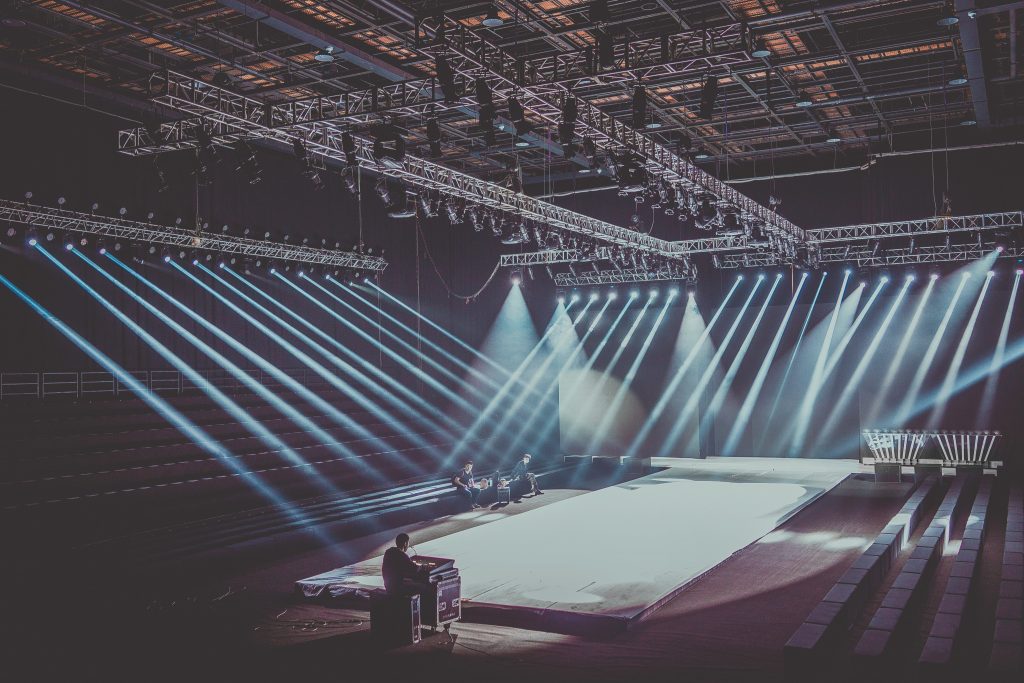
- Illuminance index: The white illuminance in the main performance area is greater than 1200 IX;
- Number of dimming channels: 384-channel silicon box, 1024-channel dimming console and 1024 optical channels. Provide power supply and direct loop for the spare dimming box at different locations to meet the needs of continuous lighting;
- Provide as many light projection positions as possible, and each performance position has at least four light projection angles, which has a three-dimensional effect of light. Prevent glare, reflected light and useless spots;
- The indicators are all higher than the relevant theater standards in the “Code for Design of Theater Buildings” and “Code for Electrical Design of Civil Buildings”.
Car lights:
all kinds of traffic lights to ensure safe driving. It is divided into two types: lighting and signal lights.
Automotive lighting design engineering and regulatory requirements
Car lights are divided into lighting lamps and signal lamps. The lighting lamps include external lighting (headlight high beam, low beam, front fog light, reversing light, license plate light) and internal lighting (reading light, ceiling light, luggage compartment) Lights, door lights, instrument lights). The signal lights include external signal lights (turn lights, position lights, width lights, daytime running lights, brake lights, rear fog lights, position lights, retro reflectors, high-position moving lights) and internal atmosphere lights.
Different models need to design different lighting methods. Low-profile models mostly use halogen bulbs + reflective bowl. Medium-profile models mostly use halogen bulbs + lenses; high-profile models and high-profile models mostly use LED headlights.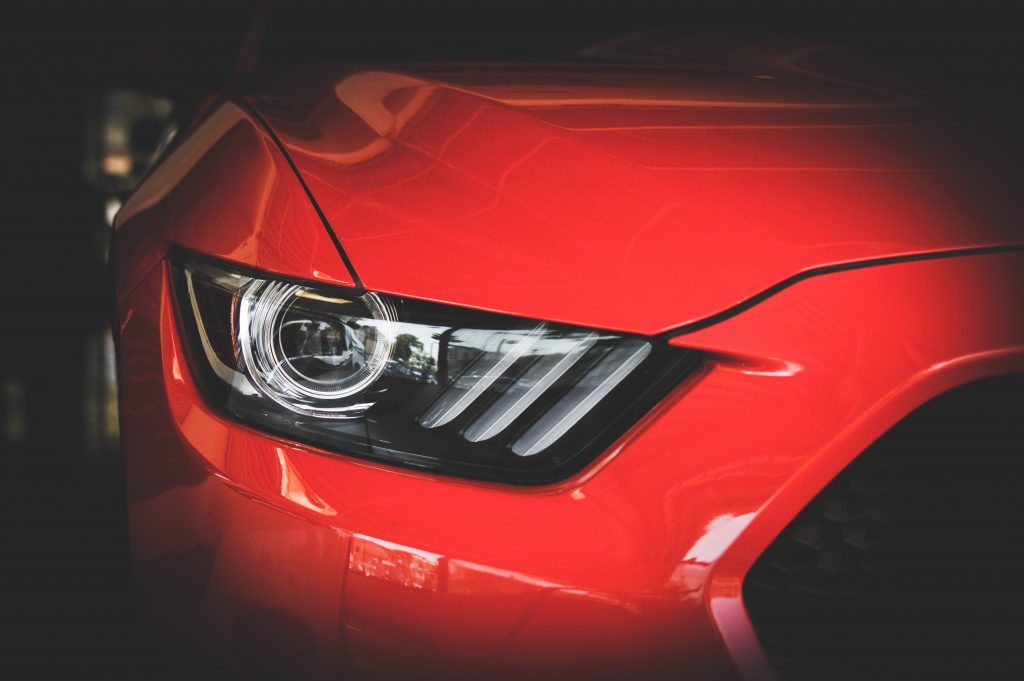
1 Headlight: high beam, low beam
Automobile lamps and lanterns include lamp body (lamp shell), bulb, reflector, dimming bracket, inner light mirror, middle plate trim, outer light mirror (lampshade), and different lighting methods have corresponding different design requirements:
1.1 Bulb reflection type, high beam light exit diameter> φ85mm, high beam brightness reaches 50000cd. The distance between the bulb and the glass is >100mm, and the depth must be >180mm. Low beam (reflective) light outlet> φ100mm, or width direction>130mm. The distance from the bulb to the glass is >100mm, and the depth must be >200mm. If the diameter of the light exit of the far and near beam integrated lamp is >φ110mm, if it is a special-shaped light exit, the left and right dimensions must be slightly larger than the upper and lower dimensions. If the distance between the front turn signal and the low beam is <20mm, the diameter of the light exit is >80mm; if the distance is more than 20mm, the diameter of the light exit is >60mm. The above is the situation when the lamp cavity is large. (The height of the A side is >160 in the Z direction).
1.2 Halogen lens form, halogen low-beam lens: The lens mouth size is standard, generally about φ65 (the minimum LED headlamp lens is 40*60), and the lens needs to reserve a space of φ120 to install the lens lamp assembly. The distance between the bulb and the glass is >60, and the depth should be >240. Far and near beam lens: The size of the far and near beam lens is generally φ75, and the rest refer to the low beam lens.
1.3 LED lens form, LED single function lens: common size is 40*60, or 25*110, etc. LED dual function lens: common size is 55*60.
1.4 The headlights involved in dimming are: high beam, low beam, and fog lights. High beam dimming angle: required left and right ±2.5°, up and down 2.5 high beam reflector distance from the bezel: X-direction 8mm or more, Y/Z direction 10mm or more, low-beam dimming angle: left-right ±2.5°, upper 3°, Down 5°.
2 Turn signals, position lights, daytime running lights
Light guide (round tube, thick wall) form: The light guide structure is generally used in the headlights for turn signals, position lights, daytime running lights and other functions. The LED reflective structure is required to be greater than 20mm in the Z direction, and the light guide structure is at least 15mm (light guide thickness 6mm).
3 Rear lights: fog lights, reversing lights, position lights, moving lights
Area: Take the most demanding rear fog lamp as an example in the rear lamp: the minimum size of 60*70 (or the same area); if it is a flat shape, it requires 50*80; (bulb P21W+ red glass, lamp body material ABS+ PC), considering heat resistance, if other lamps use P21W/PY21W bulbs, the size is also the same. The rear position lamp has a low light distribution requirement and generally does not limit the size. The effective area of the retro reflector: greater than 2500mm^2; depth: reverse Lamp, when the lamp glass is smooth (reflector light distribution), the depth of the side wall of the lamp body is <90; other lamps: when the lamp glass is smooth (reflector light distribution), the depth of the lamp body side wall is <120.
Traffic lights:
red, yellow and green. A signal used to direct traffic.
Design requirements for LED traffic lights:
- Standard:
The design of led traffic lights must meet the GB14887-2003 standard.
- Light source:
The light source adopts imported chip four-element ultra-high-brightness light-emitting diode (LED), which has the characteristics of strong brightness, long life, good energy-saving effect, and easy identification.
- Light transmission design:
The outer surface of the light-transmitting lens adopts an inclined surface design, which is not easy to accumulate dust and can be used in various environments.
- Appearance design:
The appearance is specially designed for LED light source, the structure is ultra-thin and humanized, the appearance is beautiful, the craftsmanship is fine, and it is easy to install in multiple combinations.
- Shell material:
The shell is made of die-cast aluminum or polycarbonate (PC) material and silicone rubber seals, which are dustproof, waterproof, flame-retardant, anti-aging, and have a long service life.
The content introduced above is the design requirements for led traffic lights. In addition, when designing LED traffic lights, the light distribution designer can also design the light distribution area of the lens by area and small blocks. However, because the LED traffic signal light also needs to take into account the uniformity of the light effect of the entire light-emitting surface, it must meet the requirements of clear signal patterns and visual effects when observing the signal light-emitting surface from any working area used by the LED signal light evenly.

